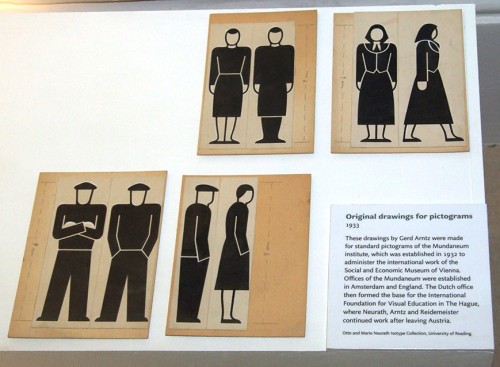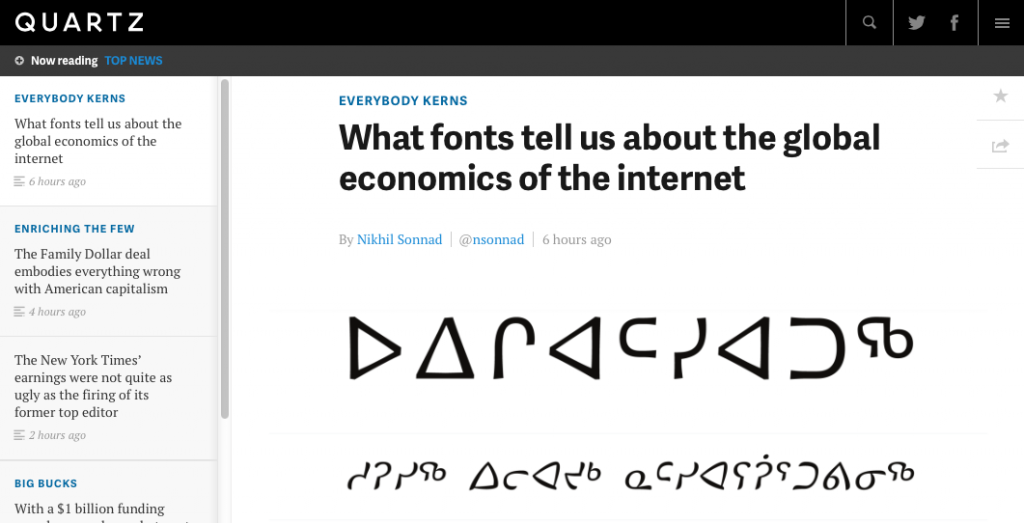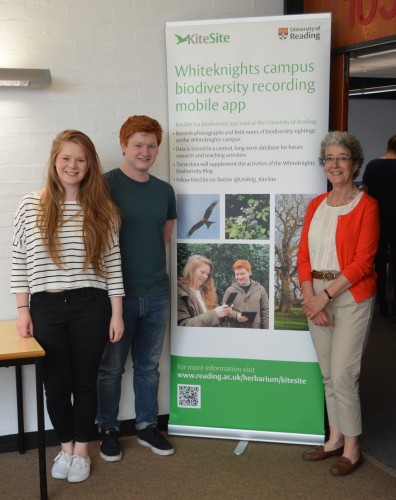
In a room bursting with applause and cheerful congratulations, Fiona Ross was awarded the prestigious SoTA Typography Award for her design and teaching work, during the TypeCon conference in Washington DC. The event began with prerecorded messages by graduates sending their congratulations from many countries holding up warm messages in some of the many scripts Fiona has supervised, followed by salutations by John Hudson and Gerry Leonidas.
Fiona’s first career in type design started when she took the job of coordinator for non-Latin typefaces at Linotype in 1978. John Hudson reminded the audience that “Over the following decade at Linotype, Fiona would build the non-Latin design department into the most technically and aesthetically creative team of its kind, employing designers, draughting staff and computer programmers selected by her. At a time when other companies were busy converting their old metal and photo types to the new digital technologies, Fiona undertook an extensive programme of innovative new typeface design for Indian, Arabic and Southeast Asian scripts, often working closely with the newspaper publishers and editors who were Linotype’s biggest customers.”
Hudson continued: “In addition to developing new designs for Indian scripts at this pivotal moment of technological change, Fiona also pioneered the use of phonetic keyboard input, using software to drive the visual display of characters, rather than requiring the typesetter to enter text in visual order. This model, in which phonetic character strings and visual glyph strings are separated—the now familiar separation of content and display—, influenced both ISCII, the Indian national standard for computing, and the Unicode Standard.”
Hudson outlined the many collaborations between Tiro Typeworks and Fiona as an independent consultant, starting with their collaboration, with Tim Holloway, on the redesign of the Yakout Arabic newspaper typeface: “…the first of many collaborations, each of which has been a wonderful adventure for me and a fascinating education. Together, we have made new types for Adobe, Microsoft and Linotype, in a range of scripts including Arabic, Bengali, Devanagari, Tamil, Telugu, and Thai. In the past two years we have been honoured to create custom types for the publishing of the Murty Classical Library of India by Harvard University Press.”
Fiona’s research focuses on the relationship of technology and typeface design, and has led to texts such as her book on the history of Bengali type, a key reference for the script. Her texts offer an exemplary model for the integration of research into typeface design, and are central to the building of a global reference library for non-Latin typeface design.
Through her teaching and supervision in the Department of Typography over the last 15 years, Fiona has helped establish the methodology for research-informed typeface design that is central to the MA Typeface Design programme, and a key element in a range of PhD projects. Important research projects on Arabic, Tibetan, and several Indian scripts, bear the mark of her approach. Far beyond the supervision within the Department, Fiona’s sharing and nurturing attitude to researchers and designers from around the world fosters an attitude of collaboration and learning that defines non-Latin typeface design today.
 (Photographs by Laurence Penney)
(Photographs by Laurence Penney)












